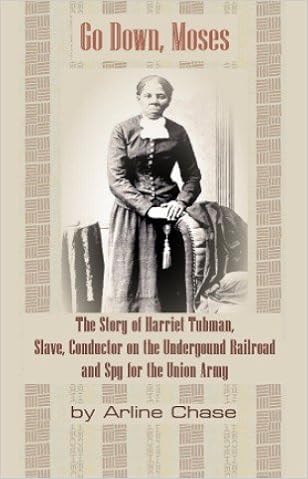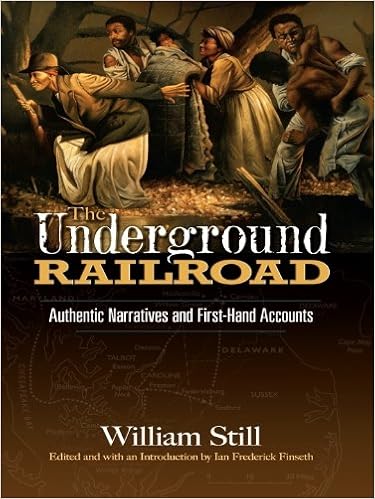
Harriet Tubman
The Moses of her People!
Authors Helen Chappell and Arline Chase were present in the Episcopal Church on High Street on the day Harriet Tubman was officially names a Saint of the Episcopal Church.
 |
| A recent photo of the Church |
On that day in June the choir of the Center Street Church of God sang with joy, their black faces shining with pride. White members of the church, a few of them descendants of the slave holders of old who had once offered a collective bounty of $10,000 for Harriet Tubman's capture, were equally proud to honor her that day. VIPs and polititians of every stripe were also there, giving all present the glad hand.
Harriet Tubman's history is honored in Canada. The Church of England calls her a Saint, yet few people in our own country know her name. But here, in her own land she has garnered little attention.
It's true that back in the '70s we saw her face, briefly, on a postage stamp, but her work for the Women's Movement, a life-long effort, has largely been ignored.

For those who would know more of Harriet Tubman's early work I recommend The Underground Railroad by William Still, but don't look for her name on the pages. At the time that account was written there was a large price on her head. Within it's pages she is only referred to by her code name, "Moses."
For those living on Maryland's Eastern Shore with an interest in genealogy, be aware that while Harriet Tubman had no direct descendants, but her parents, Hattie Green and Benjamin Ross had 16 other children. So Ross Descendants should all take pride on this day.
It is interesting to note how many of the people that "Moses" led to freedom in William Still's book were named Ross. Harriet Tubman didn't set out to be a legend, or a saint. She was simply a woman, who believed in the rights of women, that all people should be free, and who wanted to help her family escape the "peculiar institution" of slavery.

No comments:
Post a Comment